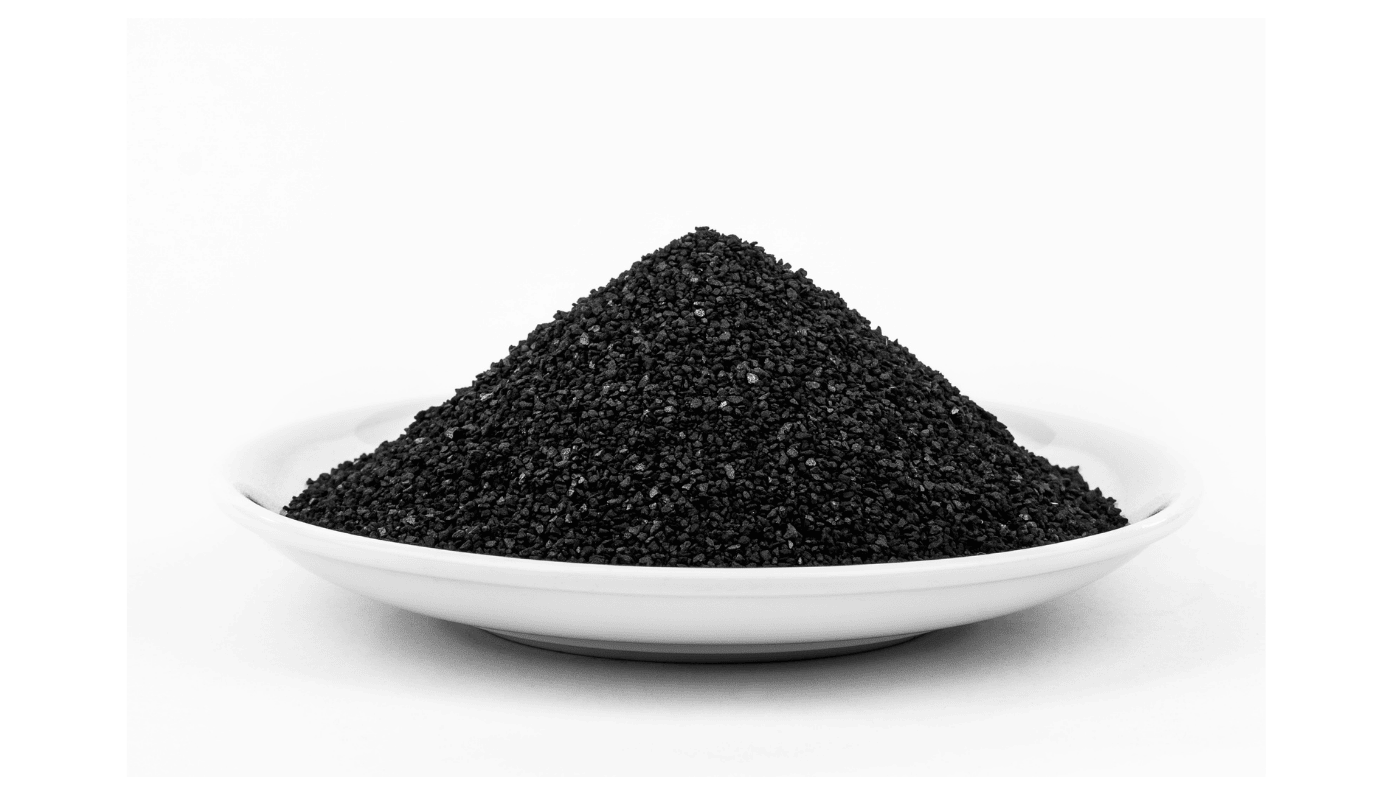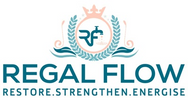
Activated Carbon Filtration: How It Works & What It Removes
Ever wondered how your water tastes so fresh or why your air smells cleaner? Activated carbon filtration is the secret! It traps nasty chemicals, odours, and chlorine—but not everything. Filtration performance varies, so what does it really remove? Let’s break it down (without boring science talk)! 🚰💨 Keep reading!
Understanding Activated Carbon: The Adsorption Process
What is Activated Carbon?
Think of activated carbon as a sponge, but one that soaks up contaminants instead of water. It’s made from natural materials like coconut shells, wood, or coal, which are heated to extreme temperatures to create millions of tiny pores. These microscopic pores act like a trap, catching unwanted chemicals and impurities as water or air passes through. Because of this, activated carbon is used in everything from home water filters to industrial purification systems.
Porosity and Surface Area Importance
Here’s a mind-blowing fact: just one gram of activated carbon has a surface area of up to 3,000 square metres. That’s about the size of a football field! This massive surface area means more space for contaminants to stick, making it incredibly efficient at cleaning up water and air. The more pores, the better the filtration performance.
How Activation Enhances Effectiveness
Before carbon can start filtering, it needs to be “activated”. This involves heating it with steam or chemicals, which expands the pores and boosts its ability to capture pollutants. More pores = more adsorption = cleaner water and air. Simple, right?
The Adsorption Mechanism Explained
Physical vs. Chemical Adsorption
Activated carbon removes contaminants through adsorption, which is different from absorption. Instead of soaking things up, it grabs pollutants and holds them on its surface.
There are two main types:
- Physical Adsorption – Works like sticky tape, trapping contaminants in the carbon’s porous structure.
- Chemical Adsorption – Uses a chemical reaction to neutralise harmful compounds, such as chlorine and volatile organic compounds (VOCs).
Factors Influencing Adsorption Efficiency
Not all activated carbon filters work the same. Their effectiveness depends on a few key factors:
✔ Pore Size & Distribution – Different contaminants require different pore sizes to be captured effectively.
✔ Contact Time – The longer water or air interacts with the carbon, the better the filtration.
✔ Temperature & pH – Some pollutants are more easily removed at specific temperatures or acidity levels.
Types of Activated Carbon Filters
Granular Activated Carbon (GAC)
GAC filters contain loose granules of activated carbon, allowing water or air to flow freely through them. They’re commonly found in water pitchers, air purifiers, and whole-house filtration systems.
Characteristics, Uses, and Applications
✔ Used in water pitchers, whole-house filters, and air purifiers
✔ Great for removing chlorine, odours, and bad tastes
✔ Commonly used in residential and industrial settings
Pros and Cons of GAC Filters
✅ Improves taste and odour quickly
✅ Fast filtration speed
❌ Not effective against bacteria or heavy metals
❌ Requires frequent replacements
Powdered and Impregnated Activated Carbon
Differences and Best Uses
- Powdered Activated Carbon (PAC) – Tiny carbon particles mixed directly into water or air purification systems.
- Impregnated Carbon – Enhanced with silver, iodine, or other chemicals to tackle specific contaminants.
Specialized Applications
PAC is commonly used in municipal water treatment plants, while impregnated carbon is found in medical and industrial settings to remove gases, toxins, and heavy metals.
Contaminants Removed by Activated Carbon
Organic Compounds and Chemicals
Activated carbon is a pro at removing organic pollutants, including chlorine, VOCs, and pesticides.
Chlorine, Chloramine, and VOCs Removal
✔ Chlorine – Almost completely removed, making water taste and smell better.
✔ Chloramine – Can be reduced, but requires specialised carbon filters.
✔ VOCs (Volatile Organic Compounds) – Eliminates pesticides, industrial solvents, and chemical fumes.
Eliminating Pesticides and Herbicides
Pesticides and herbicides from farming often leach into groundwater. Activated carbon helps by trapping these harmful chemicals, reducing their levels in drinking water.
Addressing Taste, Odour, and Chemicals
Removing Unpleasant Tastes and Odours
✔ Filters out chlorine, sulphur, and other smelly compounds.
✔ Leaves drinking water crisp and fresh.
Enhancing Overall Water Quality
By stripping away chemical pollutants, activated carbon makes water cleaner, safer, and more enjoyable to drink.
Benefits and Limitations of Activated Carbon Filtration
Advantages
Cost-Effectiveness and Ease of Use
✔ Affordable compared to reverse osmosis systems
✔ Easy to install and replace
✔ No electricity required—perfect for homes and businesses
Improved Taste and Odour
✔ Removes chlorine for better-tasting water
✔ Reduces gases and organic compounds that cause unpleasant smells
Limitations
Frequency of Filter Replacement
❌ Short lifespan – Filters need replacing every 2-6 months for water, 6-12 months for air.
❌ Can clog over time, reducing efficiency.
Ineffectiveness Against Certain Contaminants
❌ Does NOT remove bacteria, viruses, or heavy metals.
❌ Not a stand-alone purification method—works best with other filtration systems.
Practical Considerations and Applications
Activated carbon filtration is a fantastic choice for improving water and air quality, but it’s not a one-size-fits-all solution. It works best alongside other purification methods, like UV filtration, ion exchange, or reverse osmosis. If you want better-tasting water, fresher air, and fewer contaminants, an activated carbon filter is a brilliant, budget-friendly option. Give it a go—you’ll taste the difference! 🚰💨
More Countertop Water Dispenser info we think you'll love
Well Water Woes? Find the Perfect Countertop Dispenser for Clean, Safe Water
Best Countertop Water Dispensers for Hard Water: Top Picks & Tips
How Reverse Osmosis Works in Countertop Water Dispensers
UV Purification: How Light Disinfects Your Countertop Water
Sediment Filtration: Protecting Your Countertop Water Dispenser
Understanding Filter Pore Size: What It Means for Your Countertop Water


Leave a comment